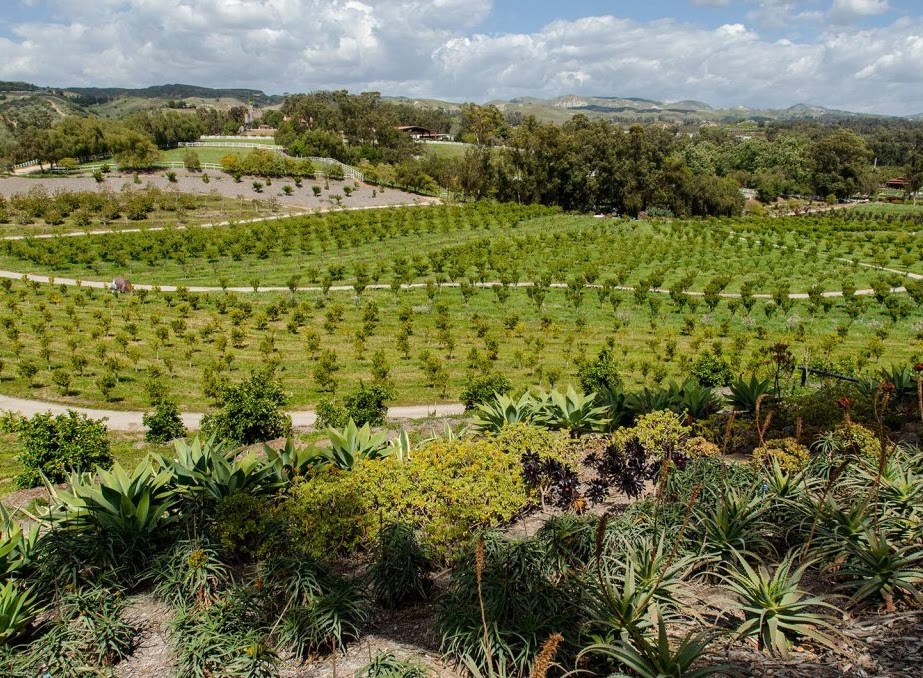In this series, we’ll try to define Agroecology and will consider the perspectives from farm system diversity, nutrient management, soil biota, pollination, and biological pest control, and policy change.
Header Image credit: Apricot Lane Farm, California
Before deep diving, we need to set the scene for the agricultural practices of today. Post-war saw the Green Revolution, where production was greatly increased due to chemical inputs developed prior to the war. Fritz Haber (predecessor to Haber Bosch) a German chemist discovered how to synthesize ammonia from nitrogen and hydrogen gases, which are used in fertilizers. The result of this development allowed farmers to vastly increase their yields with synthetic fertilizer inputs. Over the past 70 years, we’ve seen a drastic increase in production per hectare for various crops, largely due to more efficient farming, genetic optimization, and nutrient management. Below is a chart showing this increase in global cereal yield (in kg per ha) from 1960 to 2015. It’s exponential growth, but we’re starting to realize there is a limited capability to the soils we’ve farmed for all these years.
Agricultural intensification
Feeding the average person in the developed world requires 1500 liters of fossil fuels per year and 3,500 liters of water per day. In the world today, we’re growing sufficient food for each person to consume 2720 Kcal, which could eradicate global hunger. However, food distribution and waste are largely to blame for inadequate food security globally. In India, 21 million tonnes of wheat is wasted due to inadequate storage. Western countries are guilty of between 30-50% food waste.
Industrial agriculture has become heavily dependent on non-renewable resources such as fossil fuels, minerals, and geo-deposits of waste. At the same time, labor productivity increased enormously, making it possible to produce large food surpluses for growing urban populations. Increased agricultural efficiency has been attractive, with low labor costs and increasing yields. However, that has been overshadowed with increased inputs use to mitigate diminishing yields. So the current intensification process is largely made possible with heavy substation by society or other sectors.
Agroecology is the ecology of sustainable food systems
Defining Agroecology
Agroecology is not a new development. In the 1990s, Gliessman and Altieri defined it as “The application of ecological concepts and principles to the design and management of sustainable agroecosystems”. Gliessman (2006, 2015) expanded the definition with, “The ecology of sustainable food systems”.
It’s inherently broadly defined, but we’ll consider the following principles of Agroecology by Silici (2014)
- building soil structure, improving soil health, recycling nutrients, and ensuring local sourcing
- conserving and using water efficiently
- sustaining and improving functional diversity (both on a spatial and a temporal scale).
In practice, Agroecology is often more intensive for adoption than monoculture systems as it relies heavily on mimicking natural systems. It focuses on building up soil organic matter, undisturbed soil structure, permanent vegetation cover, biomass (crop residues) inputs into the soil, nutrient (re)cycling.
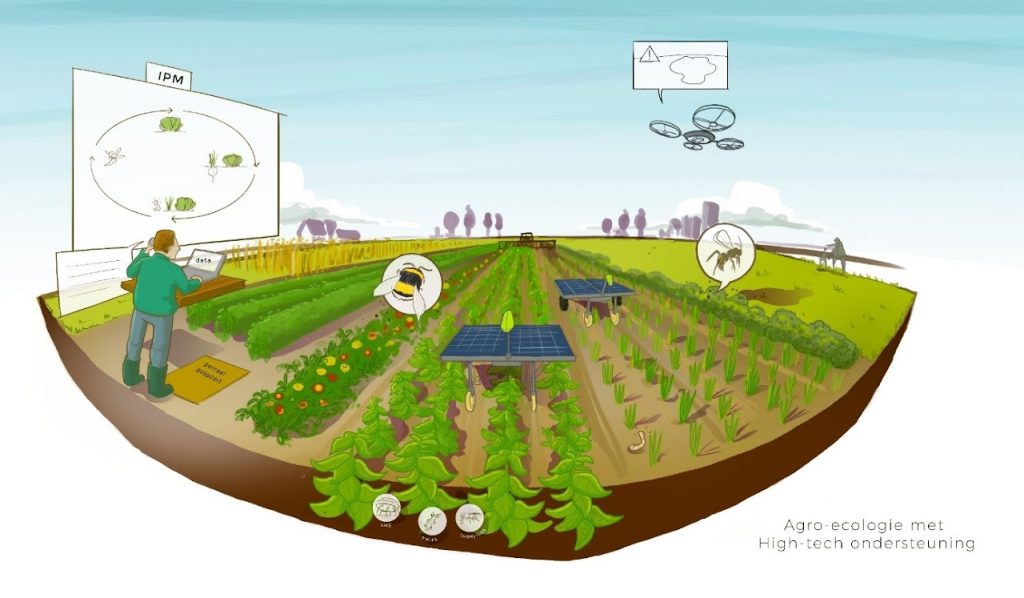
Our goal as agroecologists is to (re-)design agroecosystems in order to produce sustainable, sufficient, and safe food for the world, while preserving nature and cultures, adapting to climate change and delivering ecological services of local and global relevance
Examples of Agroecological Practices
Intercropping: Mixing crops in a single plot, such as intercropping and poly-cultures: biological complementarities improve nutrient and input efficiency, use of space, and pest regulation, thus enhancing crop yield stability
Crop rotation and fallowing: nutrients are conserved from one season to the next, and the life cycles of insect pests, diseases, and weeds are interrupted
Cover crops and mulching: reduce erosion, provide nutrients to the soil and enhance biological control of pests
Crop-livestock integration, including aquaculture: allows high biomass output and optimal nutrient recycling, beyond economic diversification
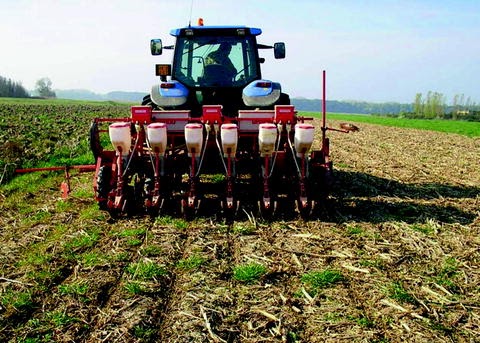
Conservation tillage: no or minimum tillage improves soil structure – including aeration and water infiltration and retention capacity – and organic matter
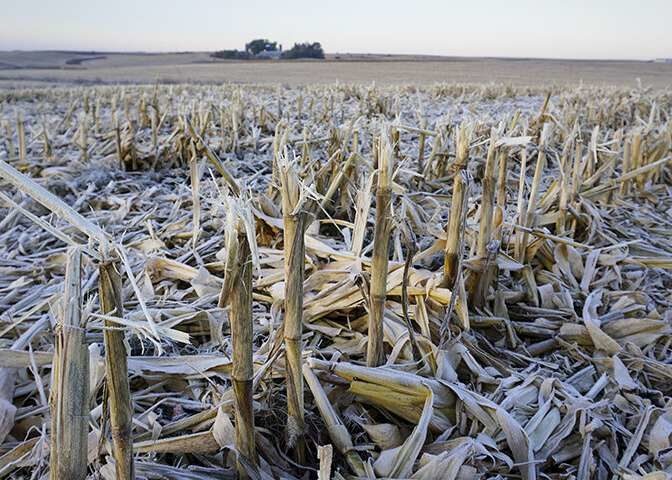
Integrated nutrient management, such as the use of compost, organic manure, and nitrogen-fixing crops: allows the reduction or elimination of the use of chemical fertilizers
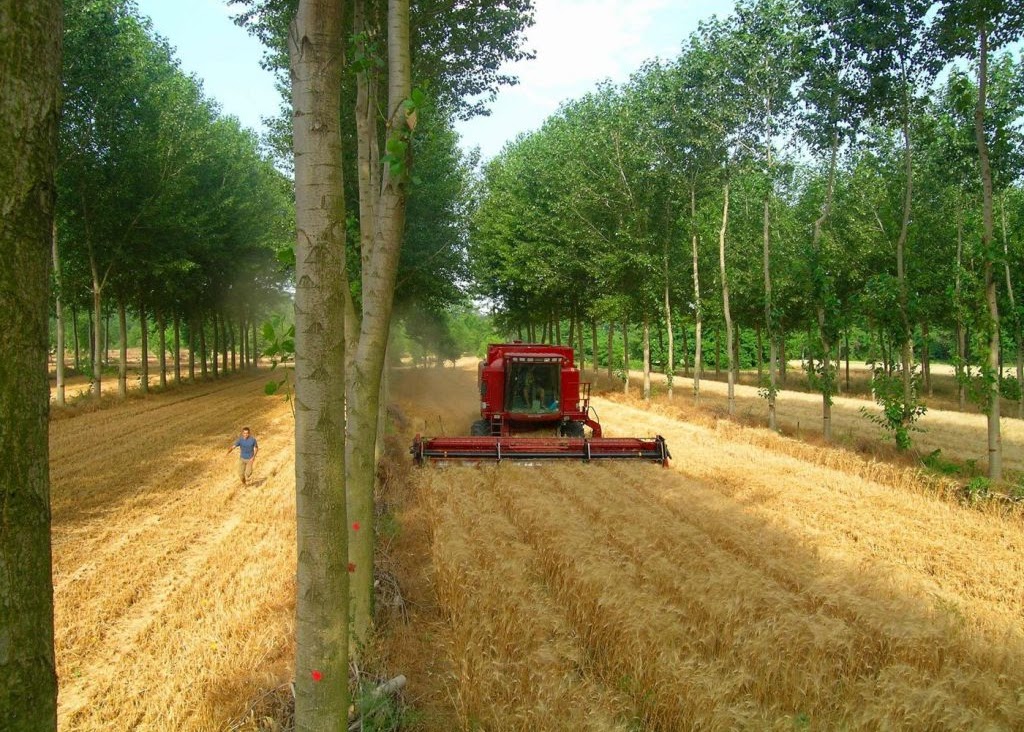
Agro-forestry, especially the use of multifunctional trees: maintains and improves soil fertility through nitrogen fixation, enhances soil structure, and modifies the microclimate
Biological management of pests, diseases, and weeds, such as integrated pest management, push and pull methods, and allelopathy: decrease the long-term incidence of pests and reduce environmental and health hazards caused by the use of chemical control
Efficient water harvesting (especially in dryland areas) such as small-scale irrigation allows reducing the need for irrigation while increasing its efficiency
Manipulation of vegetation structure and plant associations: improve the efficiency of water use as well as promoting biodiversity
Use of local resources and renewable energy sources, composting and waste recycling: allows a reduction in the use of external inputs as well diminishing pressure on the natural resource base
Holistic landscape management: around field perimeters (windbreaks, shelterbelts, insect strips, and living fences), across multiple fields (mosaics of crop types and land-use practices), and at the landscape-to-regional scale (river buffers, woodlots, pastures, and natural or semi-natural areas)
